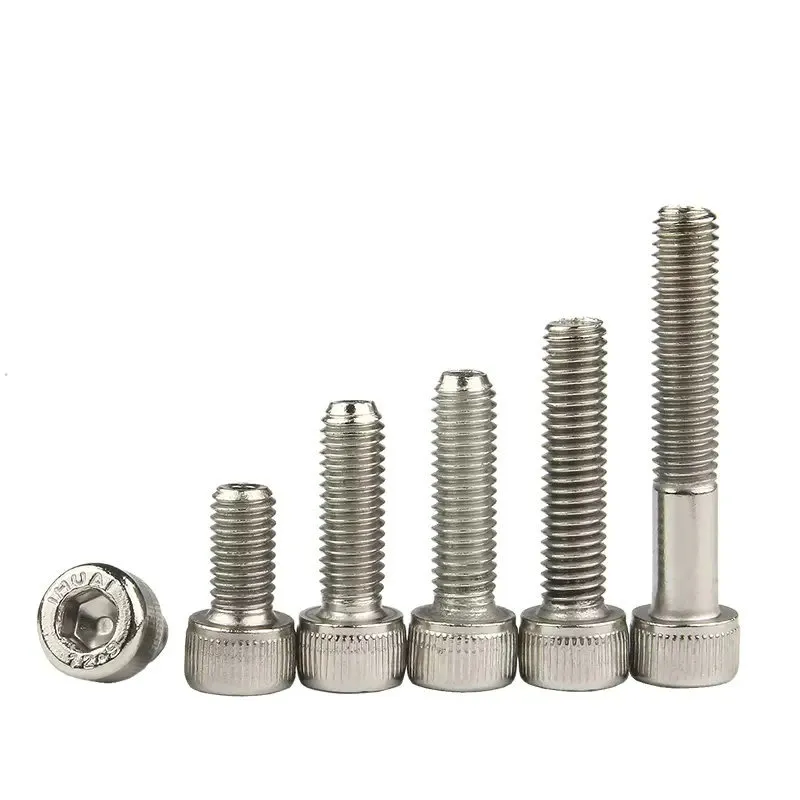

t stud bolt
Nov . 21, 2024 19:57 Back to list
t stud bolt
Understanding T-Stud Bolts An Essential Component in Construction and Engineering
In the realm of construction and engineering, the importance of reliable fasteners cannot be overstated. Among the various types of fasteners used in structural applications, T-stud bolts hold a unique position. These innovative fasteners, also known as T-bolts or T-head bolts, serve an essential function in various construction projects, from residential homes to large-scale industrial buildings. This article delves into the significance, design, applications, and advantages of T-stud bolts.
What are T-Stud Bolts?
T-stud bolts are specialized fasteners characterized by their 'T' shaped head, which resembles a capital letter 'T'. This distinctive shape provides several advantages over traditional bolts, particularly in terms of load distribution and ease of installation. The shaft of a T-stud bolt is usually cylindrical and threaded, allowing it to be inserted through holes in metal or wooden components, where it can then be secured with a nut. The flat surface of the 'T' head prevents the bolt from turning while being tightened, which enhances its stability and holds components securely in place.
Design Features
One of the most notable design features of T-stud bolts is their ability to provide a large bearing surface. The 'T' head can distribute the load more evenly when fastened to a substrate. This is particularly beneficial in applications where the material might be subject to stress or movement, as the design minimizes the risk of bolt pull-through, thereby prolonging the integrity of the joint. Moreover, T-stud bolts are typically made from high-quality materials such as stainless steel or carbon steel, which enhances their durability and resistance to corrosion.
Applications in Construction
T-stud bolts are widely used in various construction applications. They are particularly prevalent in the fabrication of steel structures, such as bridges and equipment frameworks, where they provide a robust solution for securing beams and plates. Additionally, T-stud bolts are often employed in the assembly of concrete forms during construction projects; their design allows for quick and secure fastening without the need for additional tools.
t stud bolt

In the realm of woodworking, these bolts also play a significant role. They can be found in furniture assembly, cabinetry, and various DIY projects where a strong, reliable connection is necessary. Their ease of use makes them a favorite among both professional contractors and home improvement enthusiasts.
Advantages of Using T-Stud Bolts
The use of T-stud bolts offers several advantages over conventional fastening methods. Firstly, their design allows for rapid installation without significant torque application, saving time during construction. The T-shape also ensures that the bolt remains in place during the assembly process, reducing the likelihood of misalignment or movement.
Another significant advantage is their reusability. T-stud bolts can be installed and removed multiple times without degrading their performance, making them an excellent option for temporary structures or projects that may require disassembly in the future. This feature not only saves costs in the long term but also contributes to more sustainable construction practices.
Moreover, the load distribution capability of T-stud bolts enhances the overall stability of structures. This characteristic is particularly vital in applications subjected to dynamic loads, where traditional fasteners might fail under stress. The enhanced holding power and resistance to loosening also contribute to a longer lifespan for constructions and assemblies.
Conclusion
In conclusion, T-stud bolts are an indispensable component in the construction and engineering sectors. Their unique design, coupled with their versatile applications and numerous advantages, makes them a preferred choice for many professionals. As the industry continues to evolve, the demand for reliable and efficient fastening solutions like T-stud bolts is likely to grow, reinforcing their importance in future construction projects. By harnessing the benefits of T-stud bolts, engineers and builders can ensure stronger, more resilient structures that stand the test of time.
Latest news
-
Premium Fasteners Manufacturer | AI-Driven Solutions
NewsAug.01,2025
-
Hot Dip Galvanized Bolts - Hebei Longze | High Strength, Corrosion Resistance
NewsAug.01,2025
-
High-Strength Hot Dip Galvanized Bolts - LongZe | Corrosion Resistance, Custom Sizes
NewsAug.01,2025
-
Best Self Tapping Screws for Drywall - Fast & Secure Installation
NewsJul.31,2025
-
High-Strength Hot Dip Galvanized Bolts-Hebei Longze|Corrosion Resistance&Customization
NewsJul.31,2025
-
Hot Dip Galvanized Bolts-Hebei Longze Metal Products|Corrosion Resistance&High Strength
NewsJul.31,2025

